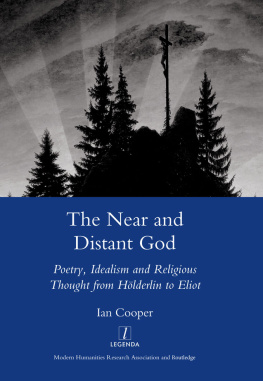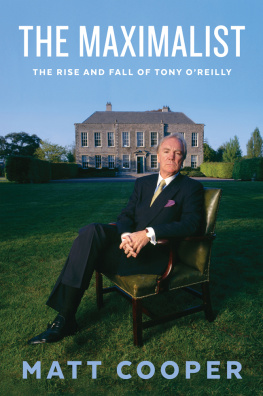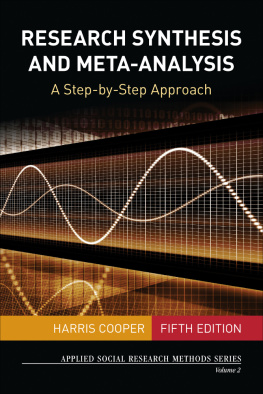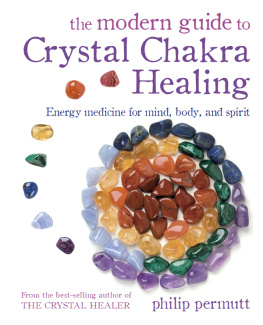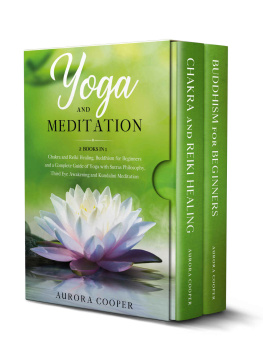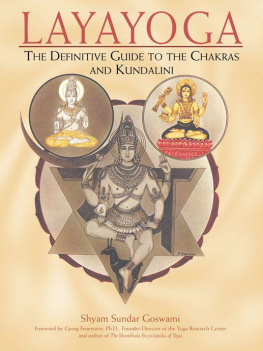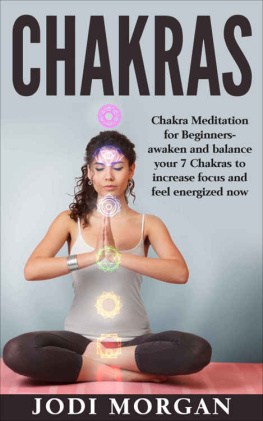MEDITATION
MASTERY GUIDE FOR BEGINNERS:
INCREASE SPIRITUALITY
IMPROVE YOUR HEALTH
3 DOUBLE BOOKS IN 1:
CHAKRA AND
KUNDALINI AWAKENING
REIKI CRYSTAL
AND HEALING STONES
ASTRAL PROJECTION AND
THIRD EYE AWAKENIN G
Table of Contents
Table of Contents
Table of Contents
Table of Contents
Table of Contents
Table of Contents
CHAKRA
AND
KUNDALINI AWAKENING
STEP BY STEP GUIDE FOR BEGINNERS:
MEDITATION, YOGA
IMPROVE YOUR SPIRITUALITY
HEAL AND BALANCE YOUR BODY
RADIATE POSITIVE ENERGY
ENHANCE PSYCHIC AWARNESS
AND HIGHER CONSCIOUSNESS
CHAKRA
Introduction
Chakras refer to different energy centers that can be found at different points in the body. The word chakra comes from the Sanskrit word tsschakra which means a wheel, a disk or a cycle. The Rigveda refers to chakra as a wheel with different spokes. It is therefore not surprising that most pictorial representations of chakra show it as a living, cyclic ball of energy.
Energy is ubiquitous. In fact, everything we can see, feel, smell or hear is composed of energy and it is this energy that translates into various palpable processes like locomotion, thought, laughter, emotions, anger, etc. The ancient Indian texts, the Vedas tell us that the gross body (the physical body) comprises five elements.
These elements, which also happen to be the fundamental components of nature and life as we know it, are called the mahabhutas and they include:
- Earth or Prithivi
- Water or Jala
- Fire or Tejas
- Air or Vayu
- Space or Akasha
The concept of the chakras stems from the ancient Tantric texts. Tantra is an important but complicated nonreligious philosophy. Etymologically, the word tantra means to weave. Therefore, we can define tantra as a process by which we weave together the bodys wisdom and the minds power in order to achieve enlightenment, self-mastery and ultimate awareness.
History of Chakras
The history of the Chakras is one that is rich with different opinions and various origins. Many religious and spiritual belief systems contain information that relates to the Chakra system, but each has its own words, terminology, and overarching rules. What remains the same, however, is the basic understanding that contained within the body is a powerful energy that can have a wide range of effects on our mental, physical, and spiritual health.
Regardless of your own personal religious or spiritual background, the knowledge of the Chakras can have a positive impact on your own life, making it very worthwhile to take the time to understand. But before we dive into why the Chakras are so integral, we must first begin with what exactly they are.
The Meaning behind the Chakras
The word Chakra is derived from an Indian word Chakra which literally translates to mean wheel. Each Chakra can be visualized as a spinning wheel within the body that houses the energy of that particular system. In total, there are seven distinct Chakras, each controlling and maintaining a certain part of the body, as well as different qualities within us. The Chakras are both located within the physical body, as well as being a mental and spiritual focal point for us to use within meditation and other energy healing rituals.
Many of us understand that the mind and bodywork in tandem, affecting one another and influencing how each functions. But, few of us truly understand the difference between the physical body and the mental energy that sounds it, and how those two systems are integral to one another. In all traditions that incorporate the knowledge of the Chakras, it is accepted that there is an energy that surrounds and runs through the body. This energy is commonly referred to as the subtle body, a term that helps differentiate the physical experience from the spiritual one. The subtle body corresponds to a plane of existence that is outside of the physical realm in which we exist. This plane is connected to a higher concept, a higher realm of existence, and is spiritual rather than physical.
The concepts of the subtle body and various planes of existence can be extremely complicated and difficult to understand, so to avoid confusion we will focus just on the Chakras and how they impact the physical experience of all of us.
While we cannot actually see the Chakras, their influence in our lives can be felt daily. In total, there are seven different Chakras, which form a line from the foot of our spine up to the top of our head. Some religious belief systems disagree about how many Chakras there are, with some saying there are only five, and others saying there are thousands, but the most common understanding accepts the standard seven.
Working from the base of the spine upwards, you have:
- The Root Chakra
- The Sacral Chakra
- The Navel Chakra
- The Heart Chakra
- The Throat Chakra
- The Third Eye Chakra
- The Crown Chakra
Each Chakra, as you can see, corresponds to a particular area of the body and it has a great impact on each of those systems. When the Chakras are closed off or unbalanced, they can result in physical ailments and other problems which can negatively impact our lives. In order to have a healthy and functioning mental and physical experience, it is encouraged that each person learns how to open each Chakra and keep them balanced and circulating.
Now, you may be asking yourself what exactly is meant when we talk about opening or balancing your Chakras. If you are struggling in your personal relationships, have difficulty sleeping, feel anxious, or get sick easily, then you may have an imbalance in your Chakras that are helping to cause these problems. If you can focus on each of the Chakras, you can identify where you are stuck and the underlying cause that is creating the imbalance. From here, through various exercises and techniques, you can fix the issue so that your energy flows properly once more.
Origins of the Chakra System
The Chakra system can be traced back many centuries, with the first usage of the term Chakras being seen in the Hindu Vedas. Written in ancient India, the Vedas are some of the oldest religious texts in existence and can be dated back to around the 1st and 2nd century BCE. Following the Hindu Vedas, Chakras were again mentioned in 8th century CE inside of Buddhist texts that discussed the different energy centers within the body. In the Buddhist scriptures, only 4 Chakras are ever mentioned, but over time this was expanded to include the seven total that we know today.
Regardless of which tradition you look to regarding the Chakras, there are many parallels and similarities that exist. The concept of a subtle body is frequently mentioned, which we in the West may know as a soul. The subtle body is what leaves our bodies when we die, and is also believed to be what exists when we dream. The Chakras are connected to this part of our existence and regulate the health and well-being of our energy rather than our physical presence. While our spiritual body may be different from our physical one, the two still are interconnected and one cannot exist without the other. This is why both systems impact our well-being so drastically, as any problems in one create problems in the other.
Now, as the concept of energy centers grew and expanded, the practice of tantra also become more common. Tantra simply refers to connecting and expanding, and the most famous form of tantra practice in Tantric Yoga. Tantric Yoga is a way of getting in touch with and connecting to your spiritual energy and is one of many ways that individuals can acknowledge and balance their Chakras. The first usage of Tantric Yoga dates back to the Vedas scriptures that we discussed, but it did not become as intertwined with the Chakras until closer to 900 CE.


